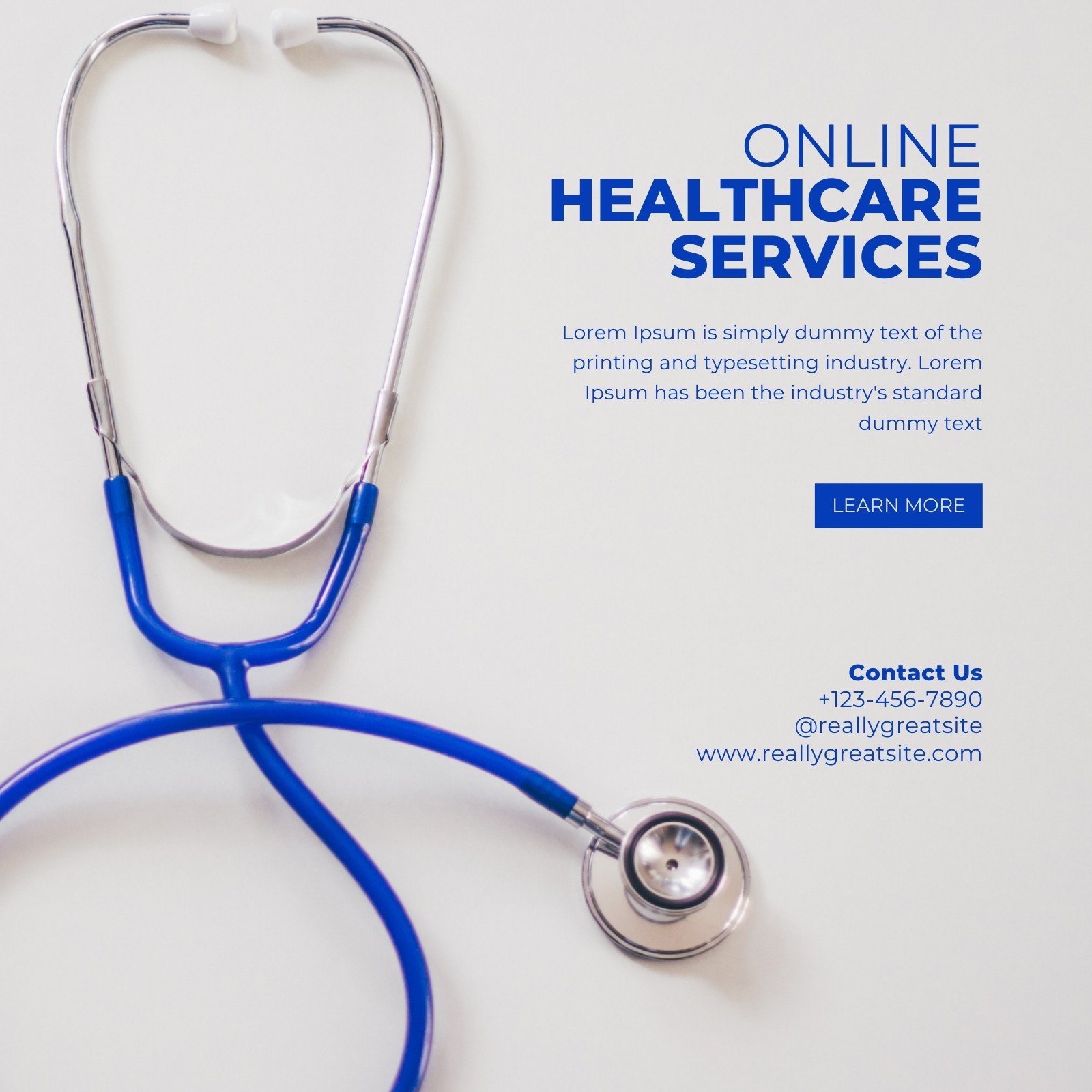Subscription Based Healthcare: Changing the Means We Think Of Health
Subscription Based Healthcare: Changing the Means We Think Of Health
Blog Article
Comprehending the Cost-Effectiveness of Subscription-Based Medical Care Models
As the medical care landscape advances, subscription-based models emerge as an engaging choice, guaranteeing to redefine exactly how individuals manage medical expenses. Assessing these versions' cost-effectiveness demands a nuanced comparison with conventional insurance, considering both economic ramifications and client complete satisfaction.
Overview of Subscription-Based Versions
Subscription-based health care designs, sometimes described as straight medical care or attendant medicine, are increasingly obtaining interest as a potential remedy to inadequacies within standard healthcare systems. These versions run on the principle of offering patients straight access to healthcare providers through a month-to-month or annual cost, bypassing the requirement for conventional insurance devices. This setup aims to simplify patient-provider communications by minimizing management burdens, which often impede timely and customized treatment.
At the core of subscription-based models is the emphasis on an extra customized individual experience. Patients take advantage of boosted access to their medical professionals, frequently consisting of next-day or same-day visits, expanded consultation times, and direct interaction networks such as phone or video phone calls. This version fosters a positive strategy to healthcare, where clients and carriers can collaboratively concentrate on preventative treatment and chronic disease administration.

Price Contrast With Traditional Insurance Coverage

One of the main economic benefits of membership models is openness in expenses. On the other hand, traditional insurance might be much more advantageous for people needing specialized treatment or costly treatments not covered under a membership model, as they profit from the wider coverage network and cost-sharing systems.
However, cost-effectiveness is context-dependent. While registration models may offer cost savings for those primarily needing medical care, individuals with persistent conditions or specialized health care demands might discover typical insurance a lot more comprehensive. Assessing details healthcare requirements and prospective use is critical in identifying the most cost-efficient alternative for individuals.
Impact on Client Satisfaction
Client satisfaction within subscription-based health care designs typically reflects a considerable renovation over typical insurance policy systems. Unlike conventional systems, where clients might experience hold-ups in getting treatment, subscription-based designs guarantee even more direct and timely communications with health care service providers.
Moreover, the openness in costs connected with subscription-based healthcare relieves the typical aggravations connected to unforeseen costs and complicated payment processes seen in typical insurance (subscription based healthcare). People appreciate recognizing the exact monetary dedication upfront, resulting in raised count on and self-confidence in their healthcare administration
In addition, the emphasis on precautionary treatment and wellness in membership versions contributes to enhanced wellness end results, even more improving patient fulfillment. By concentrating on ongoing health care rather than episodic treatment, people experience a more holistic and constant healthcare journey.
Moreover, the boosted provider-patient partnership fostered in these models, defined by even more time invested per individual and personalized attention, plays a vital duty in boosting patient satisfaction levels, as clients feel really taken care of and comprehended.
copyright Viewpoints and Experiences
From the provider's viewpoint, subscription-based healthcare Source models offer a transformative approach to delivering medical solutions. These versions stress a preventative and aggressive medical care approach, permitting suppliers to concentrate on detailed individual care without the constraints of traditional fee-for-service arrangements (subscription based you can try this out healthcare). This change in emphasis typically results in improved person end results and boosted company complete satisfaction, as healthcare specialists can designate more time and resources to person interaction and personalized treatment strategies
Furthermore, subscription versions help with predictable earnings streams, which improve financial security for doctor. This predictability permits for improved source planning and appropriation, adding to a more effective healthcare distribution system. Companies can buy personnel framework, training, and innovation renovations, thereby improving the quality of care supplied.
However, the change to subscription-based designs is not without obstacles. Service providers must adapt to brand-new operational structures, which can involve considerable adjustments in payment practices and individual monitoring systems. Additionally, there is an intrinsic demand for durable data administration to track individual end results and ensure high quality treatment. Regardless of these difficulties, many companies discover that the advantages of raised patient interaction and streamlined operations exceed the preliminary difficulties, making subscription-based designs an eye-catching alternative.
Future Leads and Obstacles

A key difficulty is regulatory conformity, as subscription versions should adhere to progressing healthcare plans and insurance coverage requirements. This demands constant adjustment and advancement to ensure positioning with legal requirements. Additionally, incorporating these versions into existing medical care facilities can be intricate, requiring go to my site substantial investments in innovation and training.
There is additionally the prospective threat of creating inequities in medical care access, as membership versions might prefer those that can afford them, leaving prone populaces underserved. Addressing this needs thoughtful factor to consider of pricing techniques and aid devices to ensure inclusivity.
Final Thought
Subscription-based health care designs present a sensible choice to traditional insurance by offering economic predictability and openness, specifically profiting individuals with chronic conditions or constant medical care requirements. The cost-effectiveness of these designs is contingent upon individual healthcare use patterns and conditions.
Subscription-based medical care designs, in some cases referred to as direct key treatment or concierge medicine, are significantly getting interest as a potential solution to inadequacies within standard healthcare systems. Unlike traditional systems, where people may experience delays in obtaining care, subscription-based models make certain even more direct and prompt communications with healthcare companies.
These models highlight a preventative and aggressive health care strategy, permitting service providers to concentrate on detailed patient treatment without the constraints of typical fee-for-service arrangements. As these versions continue to obtain traction, they supply the prospective to change client accessibility to care, improve solution delivery, and enhance healthcare costs.Subscription-based healthcare designs present a practical choice to conventional insurance policy by offering monetary predictability and openness, particularly profiting people with chronic conditions or constant healthcare requirements.
Report this page